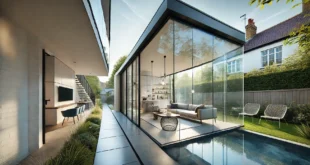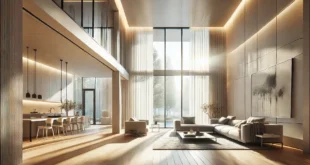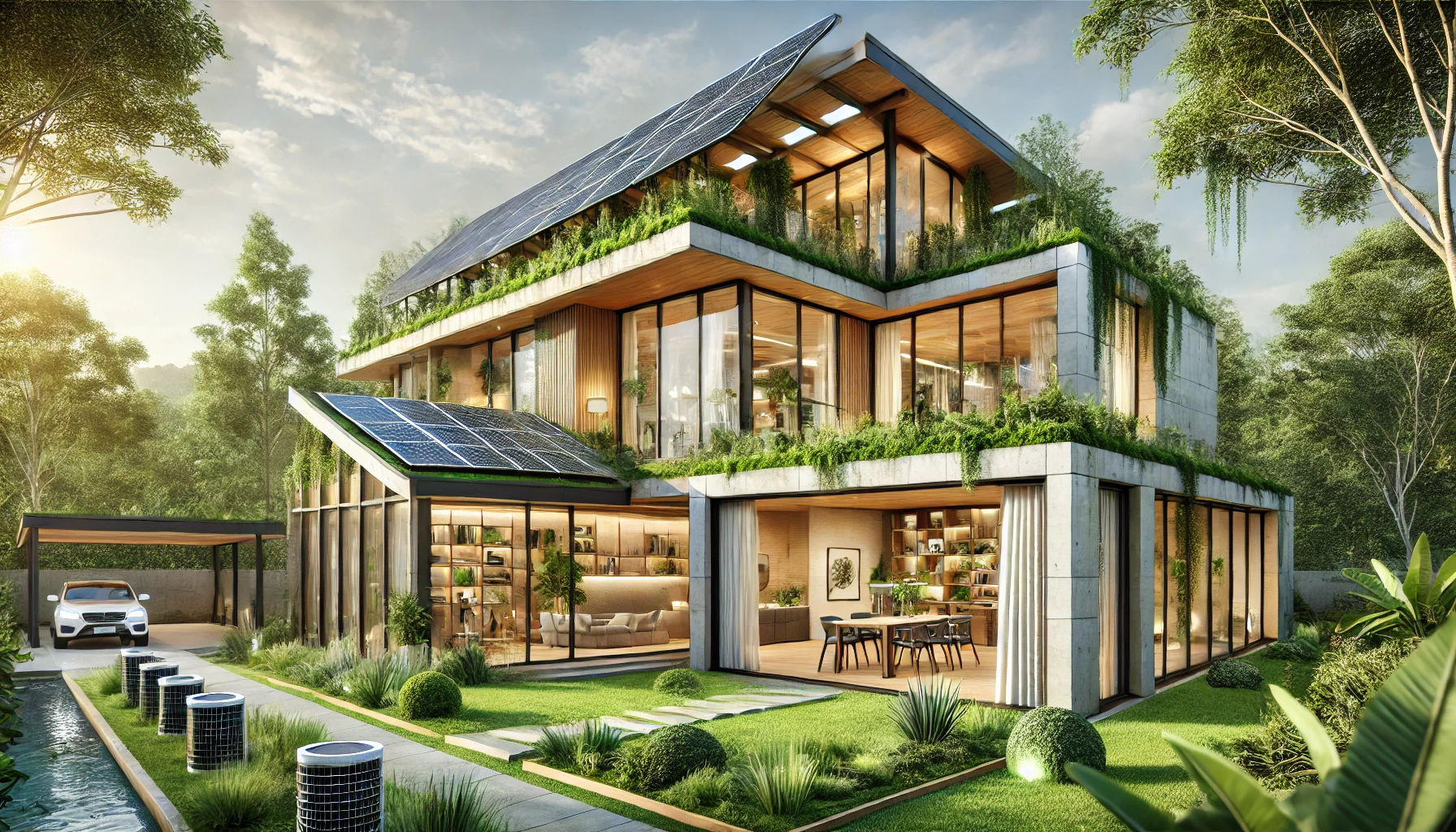
Welcome! If you’re passionate about sustainability and want to make your home not only more beautiful but also more eco-friendly, you’re in the right place. As a professional home designer with a focus on eco-friendly designs, I understand the need for sustainable, energy-efficient, and stylish homes. Let me guide you through the latest trends in eco-friendly home design, from sustainable building materials to energy-efficient technologies. With our help, you can create a home that reflects your commitment to the environment while maintaining elegance and functionality. Ready to transform your home? Let’s get started!
Sustainable Building Materials for an Eco-Friendly Home
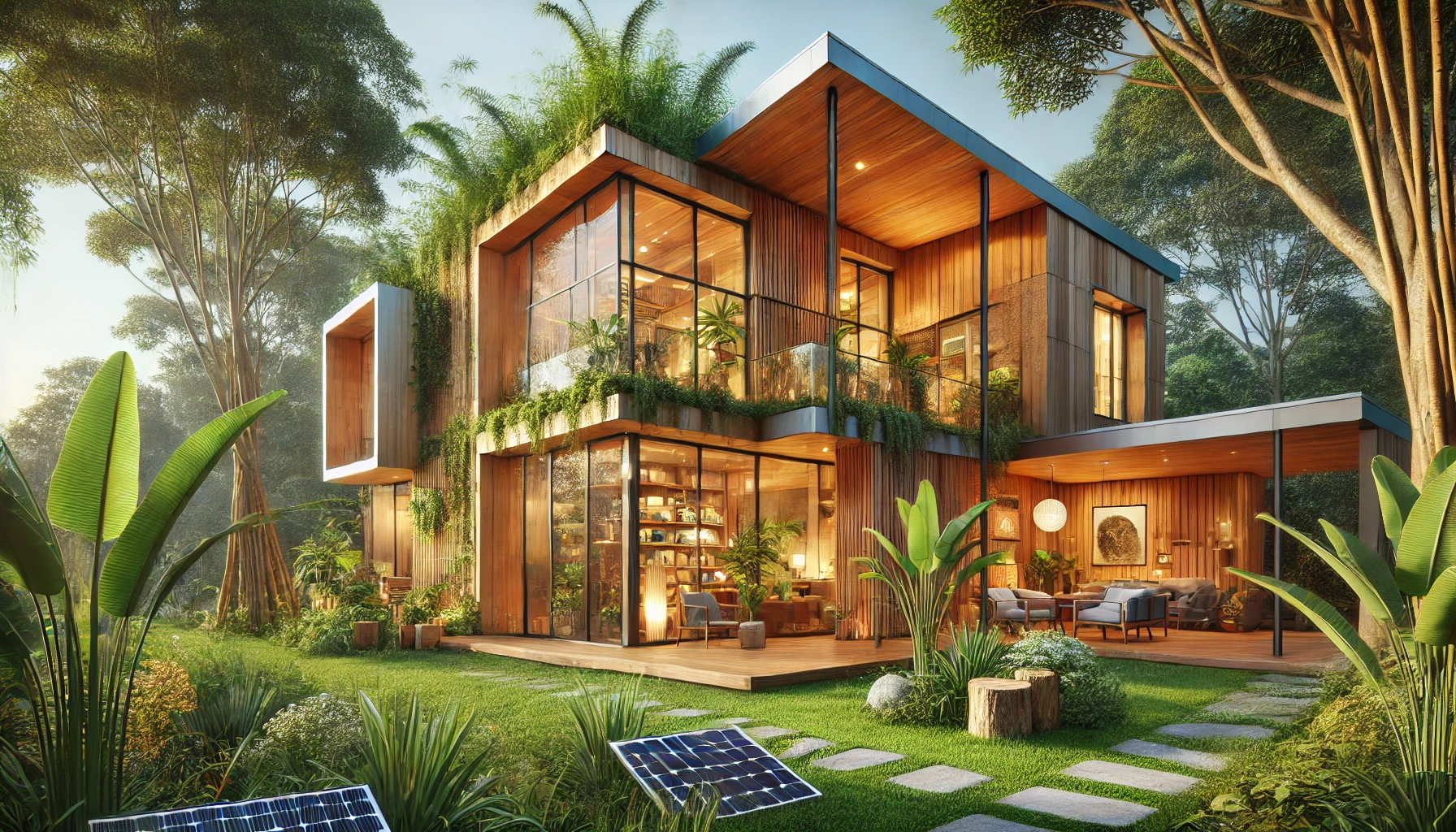
Choosing Renewable and Recycled Materials
In eco-friendly home design, using renewable materials like bamboo, cork, or recycled wood is essential. These materials reduce your home’s environmental impact while providing durability and beauty.
The Benefits of Recycled Construction Materials
Incorporating recycled materials, such as reclaimed wood, metal, and glass, not only adds a unique touch to your home but also helps reduce waste and the carbon footprint of construction. This practice is becoming more popular in eco-friendly home design.
Green Home Design for Sustainable Living
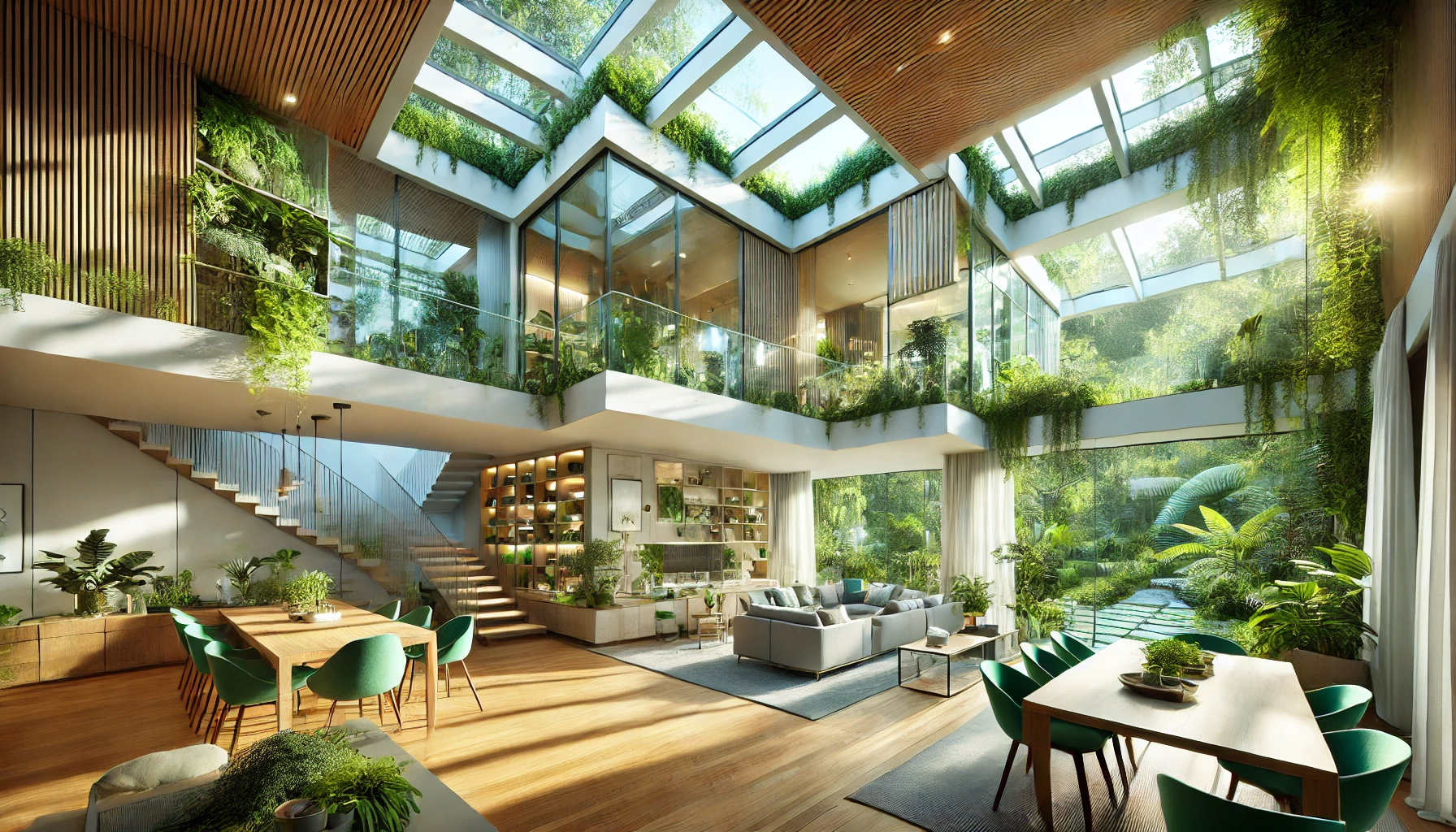
Maximizing Natural Light
Green home design emphasizes using natural light to reduce energy consumption. Large windows, skylights, and strategically placed mirrors can brighten your space naturally and cut down on the need for artificial lighting.
Incorporating Natural Ventilation
Natural ventilation systems allow for better air circulation, reducing the need for air conditioning. This can help regulate the temperature inside your home in a more eco-friendly way.
Energy-Efficient Appliances: Save Energy and Costs
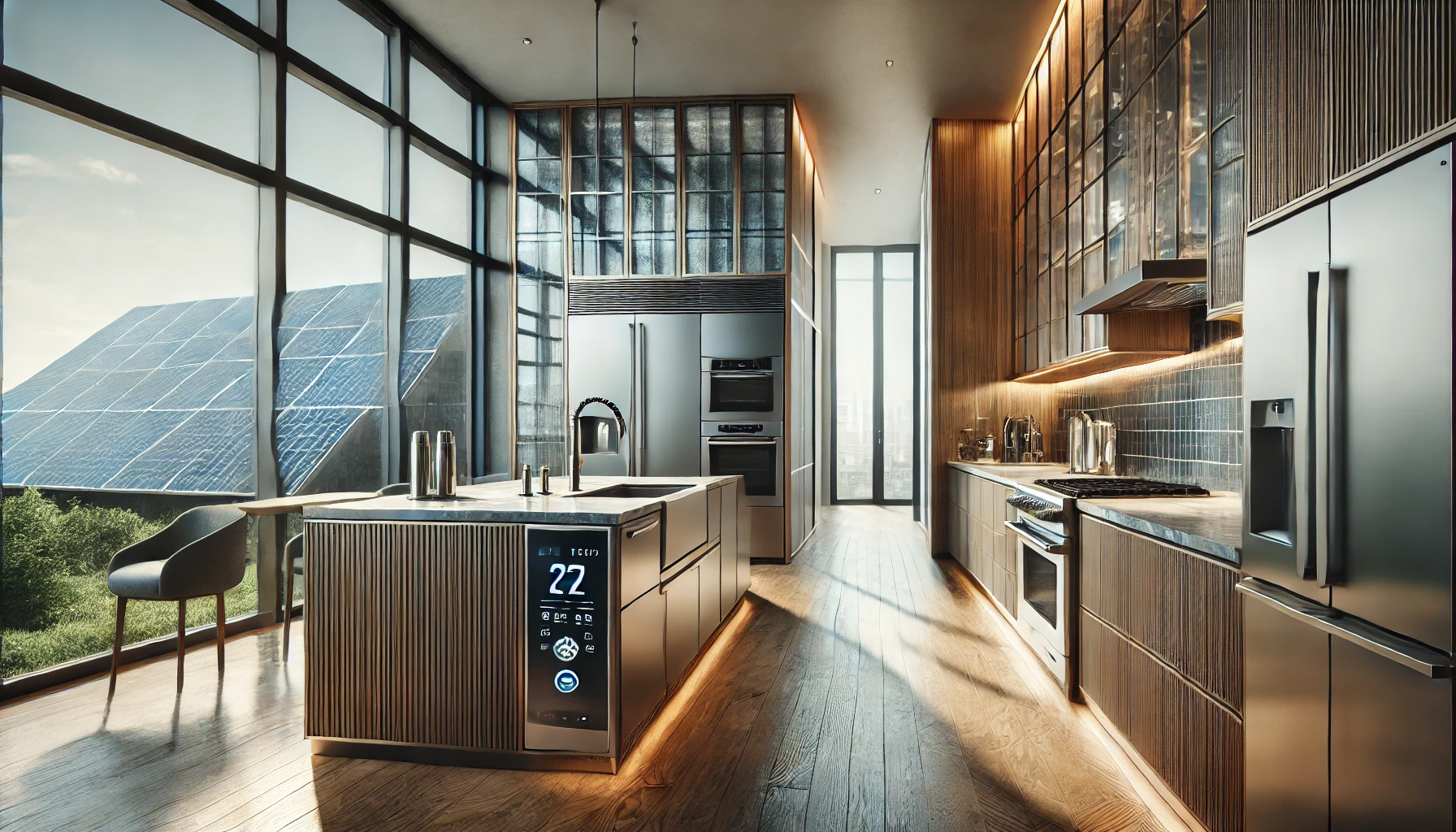
Choosing Energy Star Appliances
One of the easiest ways to make your home eco-friendly is by installing Energy Star-rated appliances. These appliances consume less electricity, helping you reduce energy bills while minimizing environmental impact.
Smart Home Technologies for Energy Savings
Integrating smart technology allows you to monitor and control energy consumption more efficiently. Smart thermostats, lighting systems, and automated controls ensure your home is using energy only when needed.
Solar-Powered Homes: A Step Toward Sustainable Living
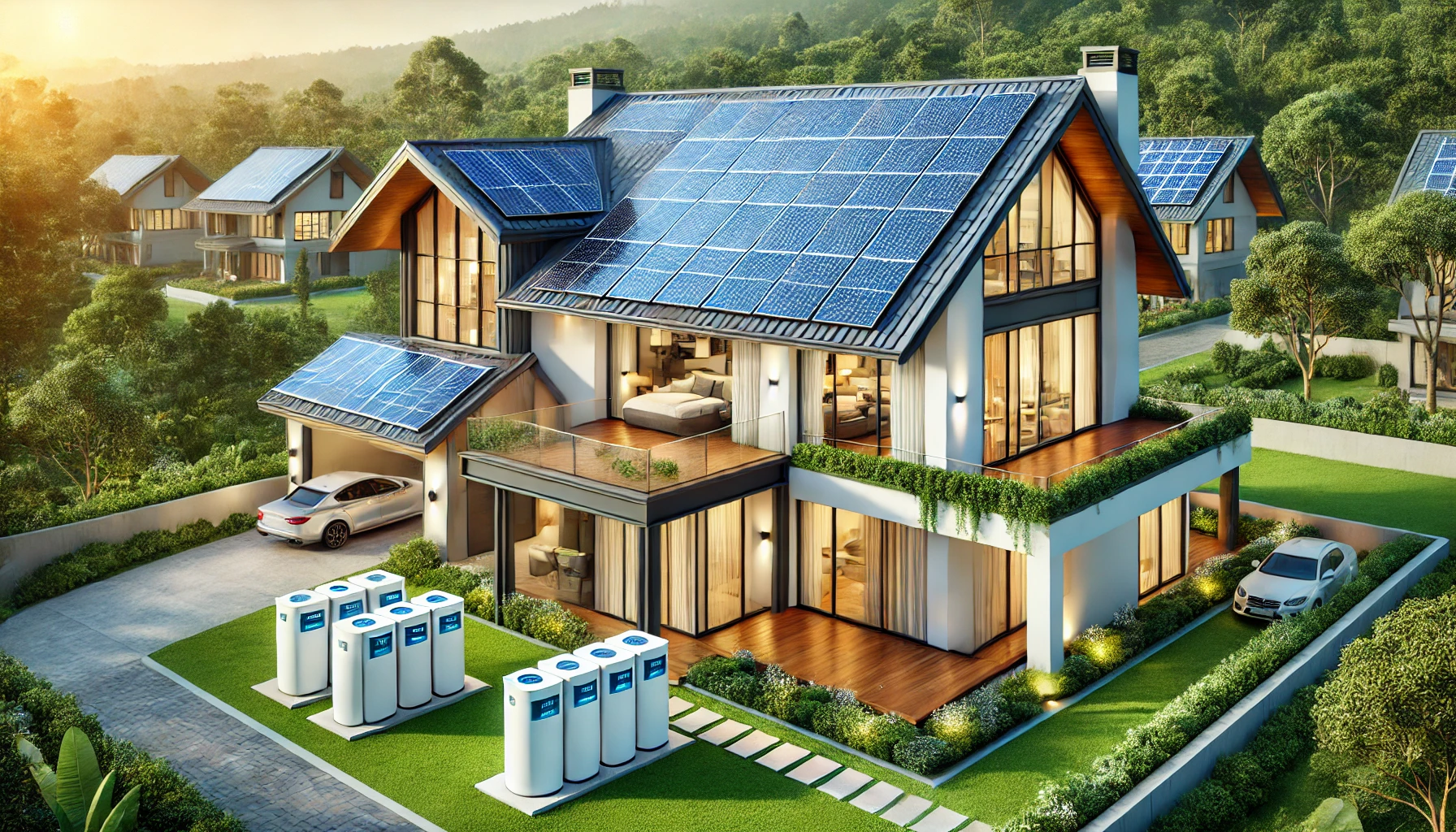
Installing Solar Panels
Solar power is an excellent way to make your home more eco-friendly. Solar panels convert sunlight into electricity, reducing your dependence on the grid and lowering your electricity bills.
Battery Storage Systems
Adding battery storage to your solar system ensures you can store energy for use during cloudy days or at night, maximizing the efficiency of your solar power setup.
Water Conservation in Home Design
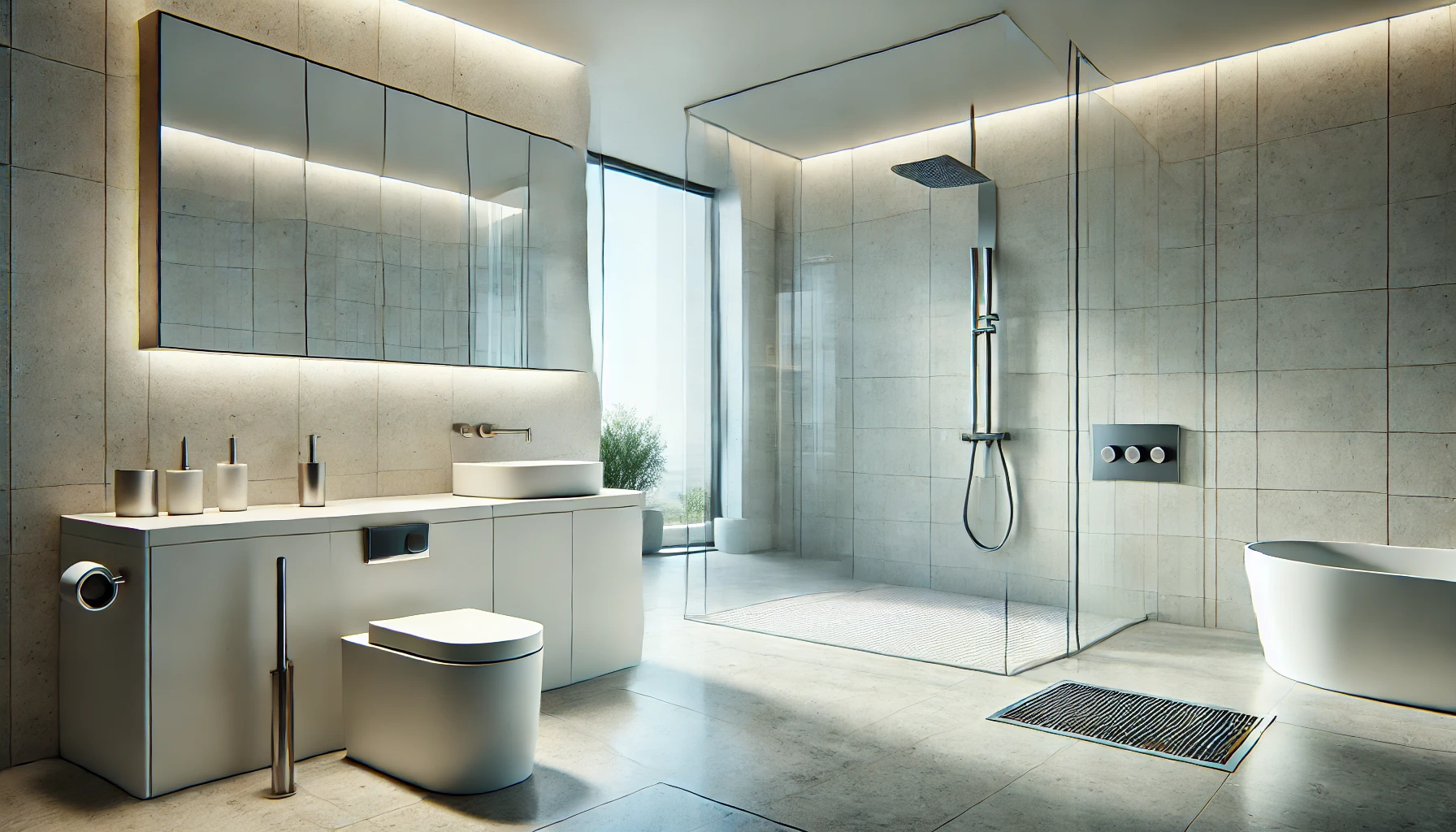
Installing Low-Flow Fixtures
Water conservation is a key aspect of eco-friendly home design. Installing low-flow fixtures, such as faucets, showerheads, and toilets, can help reduce water usage without compromising functionality.
Greywater Recycling Systems
Greywater recycling systems allow you to reuse water from sinks, showers, and washing machines for landscaping or flushing toilets, reducing your overall water consumption.
Passive Solar Design: Harnessing the Sun’s Power
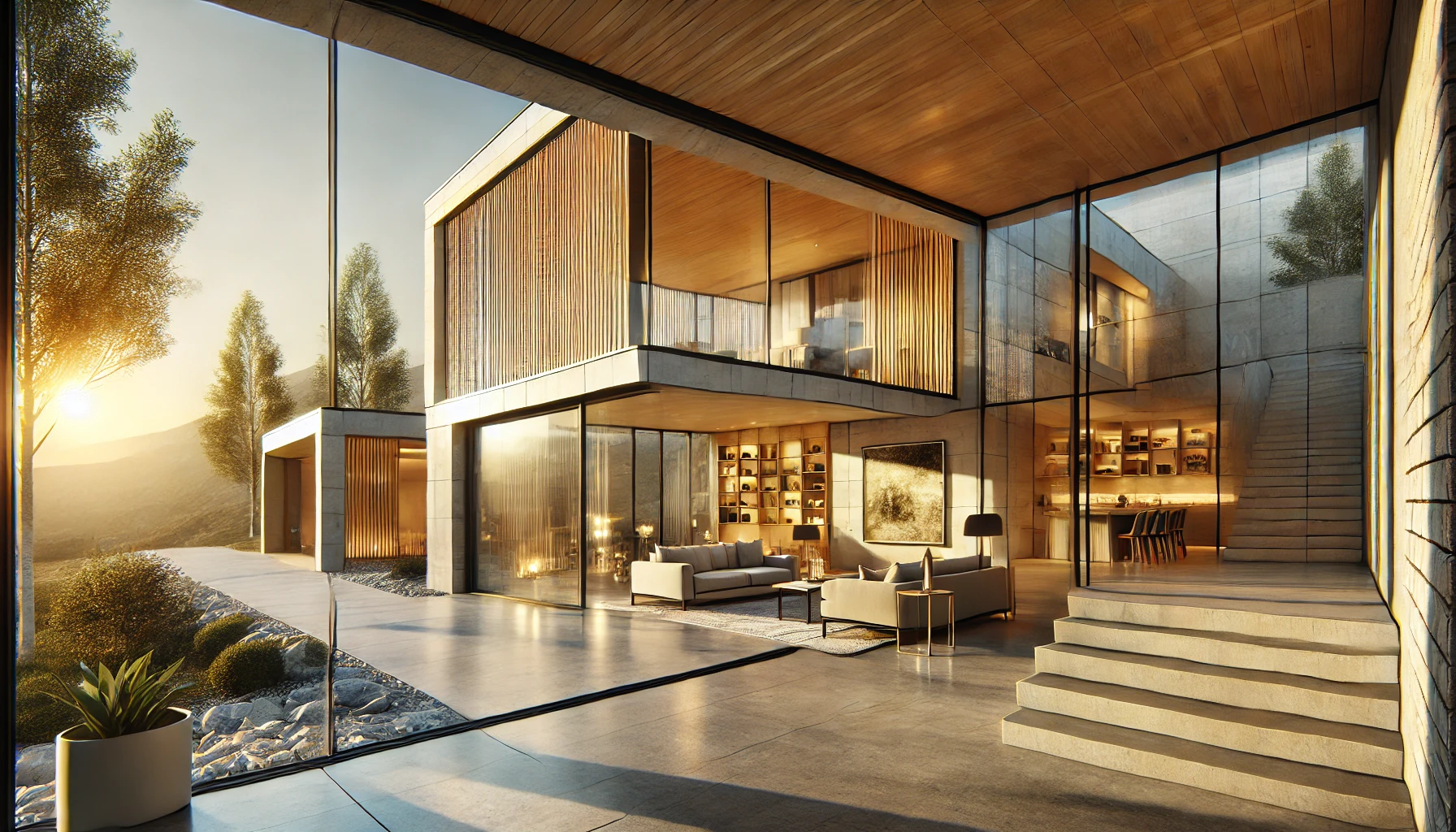
Orienting Your Home for Solar Gain
Passive solar design involves positioning your home to take advantage of the sun’s natural heat. This can help reduce your heating and cooling costs, as well as create a more comfortable living environment.
Using Thermal Mass to Retain Heat
Thermal mass materials, such as concrete or stone, can absorb heat during the day and release it at night, helping maintain a stable indoor temperature.
Biophilic Design: Connecting with Nature
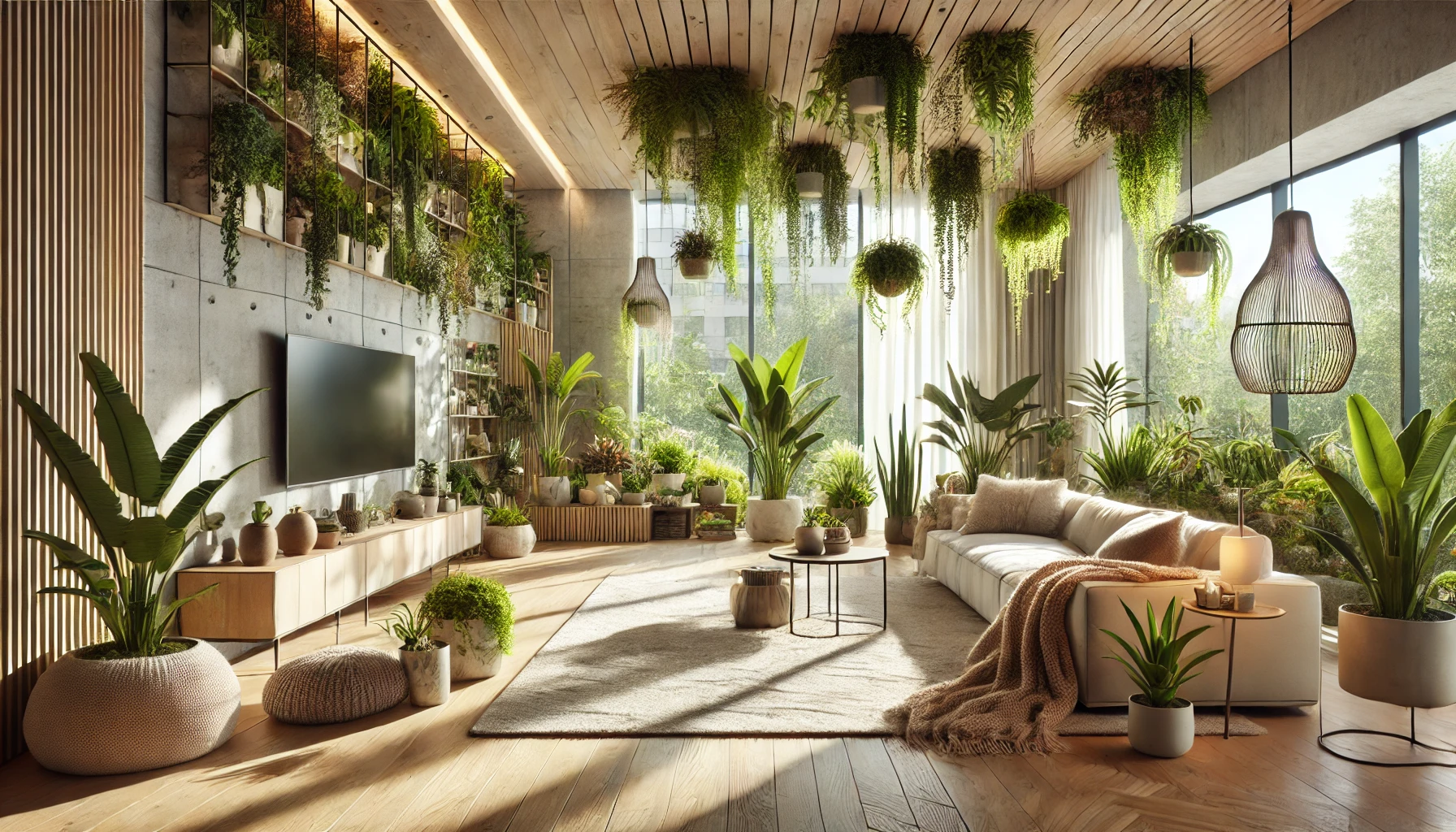
Incorporating Indoor Plants
Biophilic design focuses on creating a connection between indoor spaces and nature. Indoor plants not only improve air quality but also bring a sense of tranquility and relaxation to your home.
Natural Materials for a Healthier Home
Using natural materials such as wood, stone, and wool can improve indoor air quality and create a healthier living environment for you and your family.
Prefabricated Eco-Homes: Quick and Efficient Builds
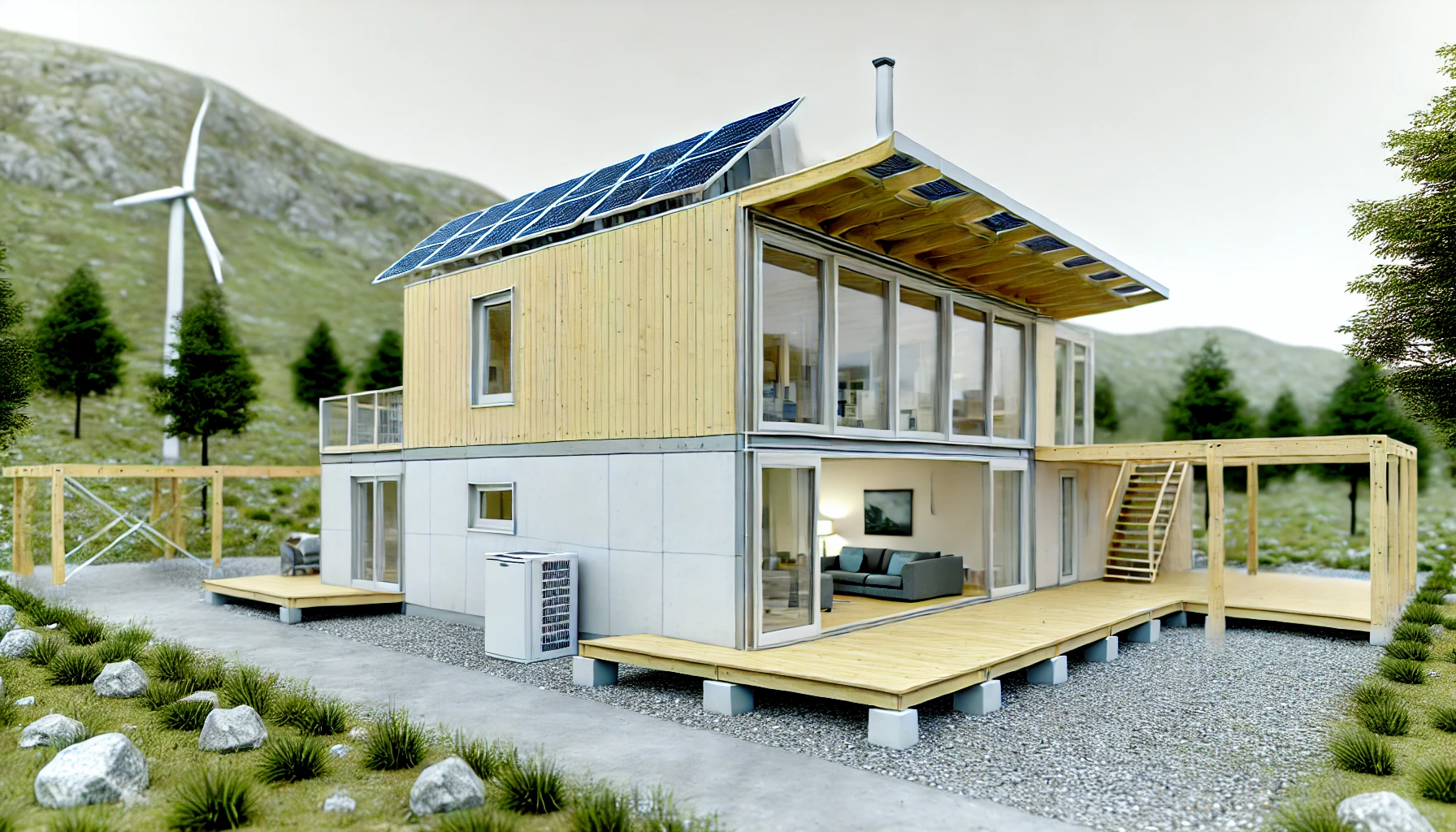
Advantages of Prefabricated Homes
Prefabricated homes are built in controlled environments, reducing waste and energy consumption during the construction process. These homes can be customized to meet eco-friendly standards, making them an excellent option for green living.
Cost Efficiency and Sustainability
Not only are prefabricated homes more sustainable, but they are also more affordable due to reduced labor and material costs.
Recycled Materials in Construction
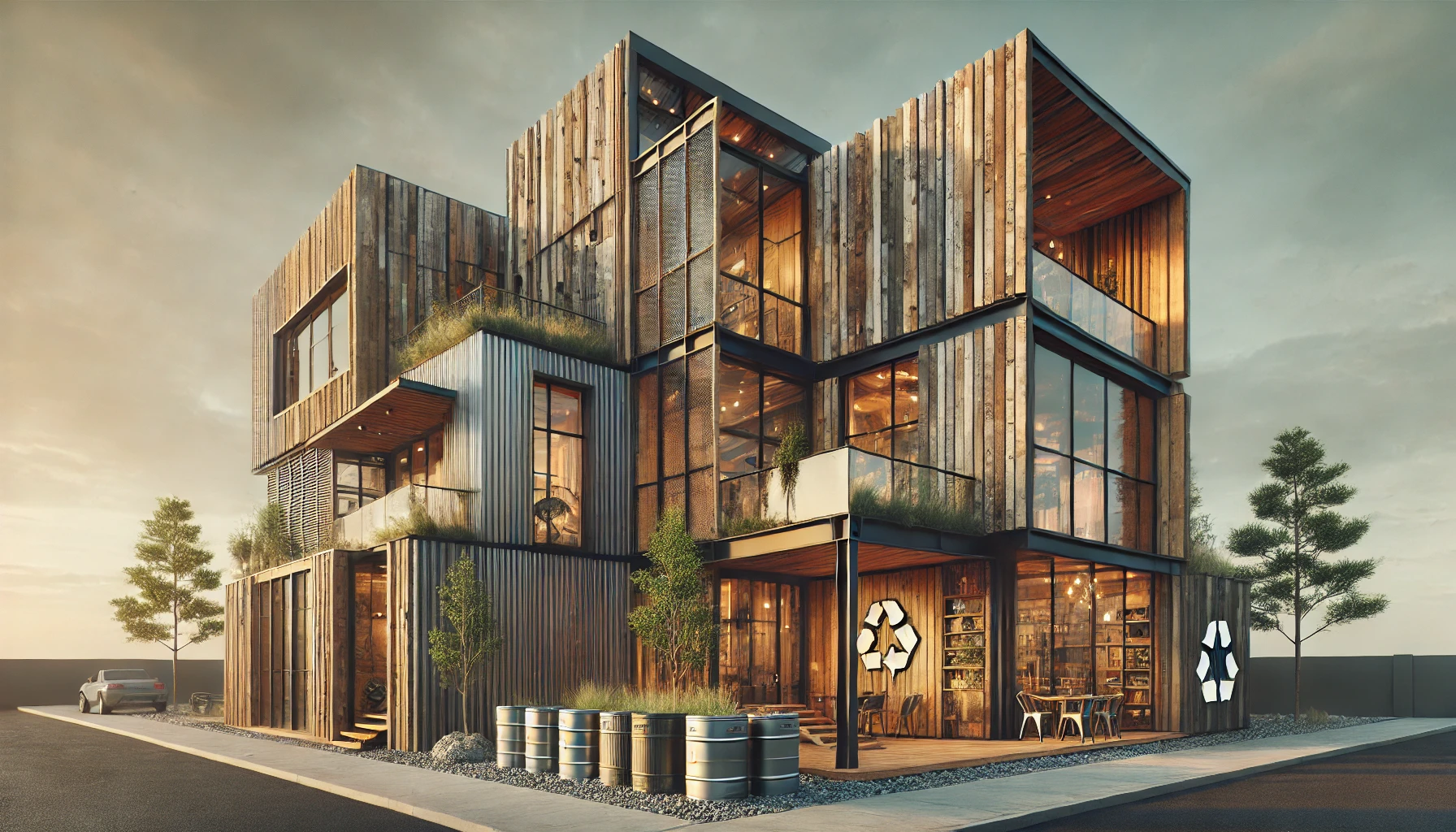
Incorporating Reclaimed Wood
Reclaimed wood is a popular choice for eco-friendly home designs. It provides a rustic look while reducing the need for new lumber, contributing to environmental sustainability.
Using Recycled Metal and Glass
Recycled metal and glass are durable, eco-friendly materials that add a modern touch to home designs, offering both sustainability and style.
Smart Home Technology for Energy Savings
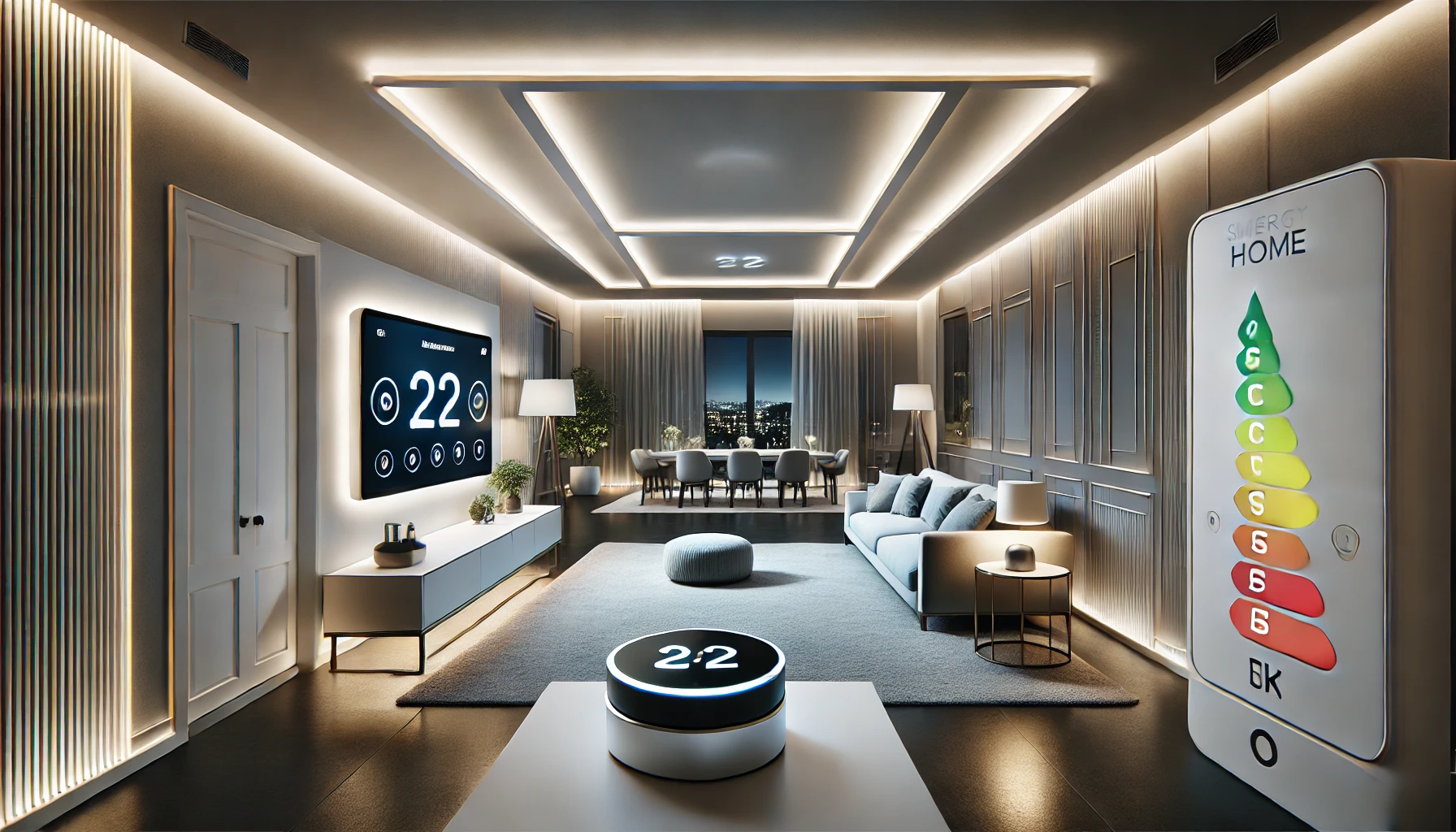
Smart Thermostats for Temperature Control
Smart thermostats allow you to control your home’s temperature remotely, ensuring optimal energy efficiency. These systems can adapt to your schedule, reducing unnecessary energy consumption.
Automated Lighting Systems
Automated lighting systems help conserve energy by turning off lights in unoccupied rooms. This simple addition can significantly reduce electricity use.
Rainwater Harvesting Systems
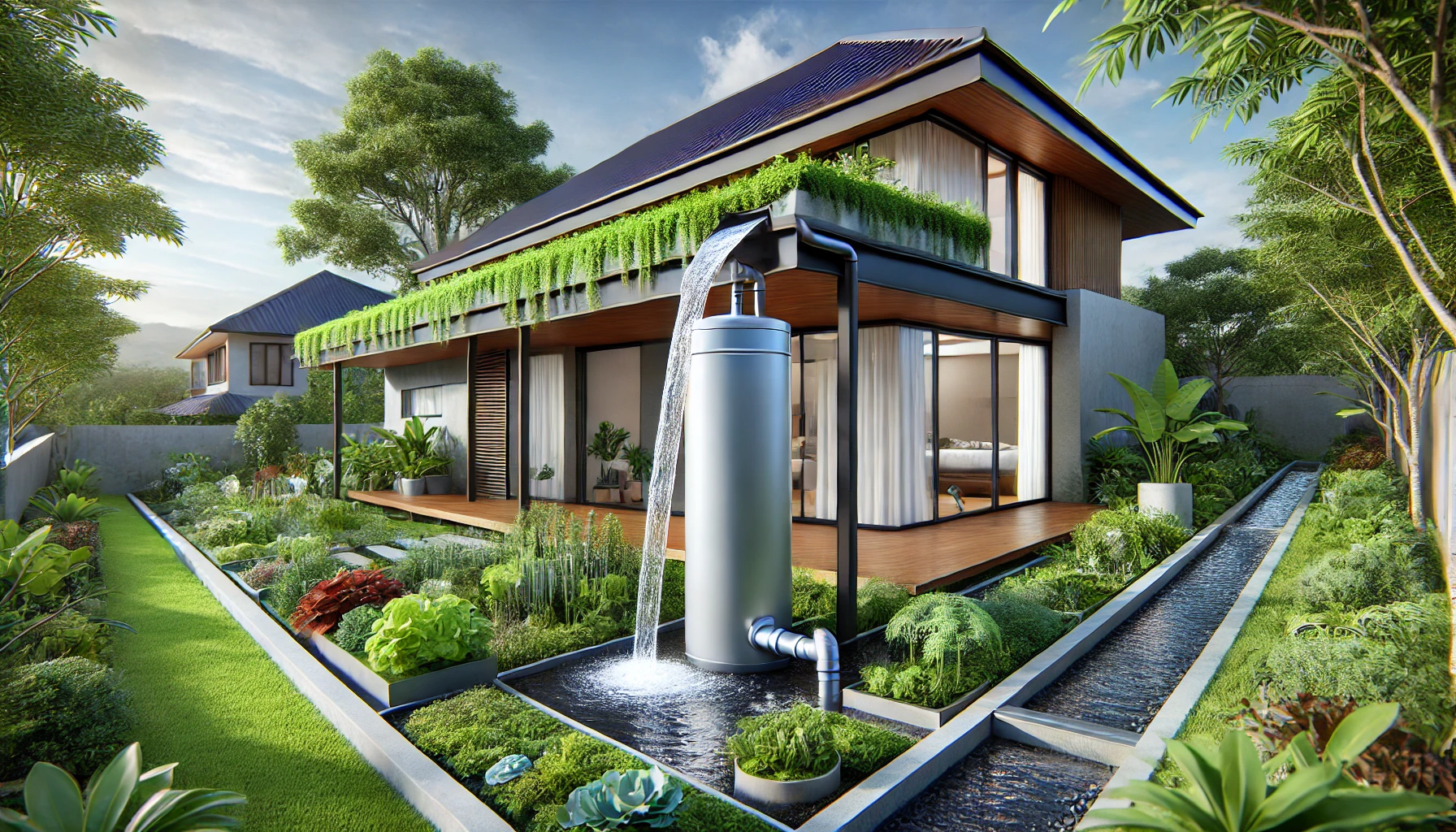
Setting Up a Rainwater Collection System
Rainwater harvesting is an effective way to reduce water usage by collecting rainwater for irrigation or household use. This system is perfect for maintaining a sustainable garden or reducing water bills.
Using Collected Water for Irrigation
Collected rainwater can be used to water your plants and gardens, ensuring that your landscaping remains lush and green while conserving water.
Low-Carbon Footprint Homes
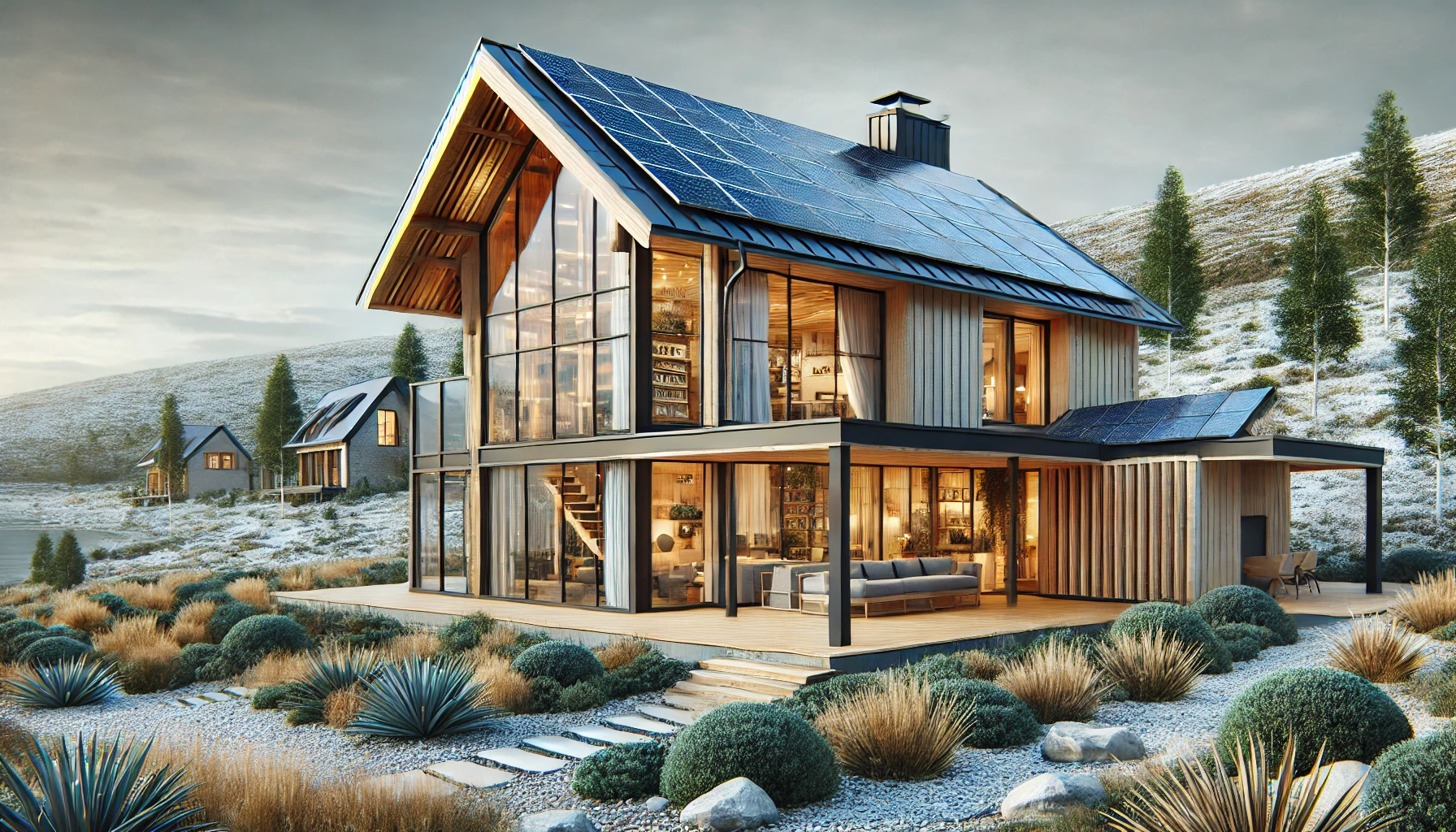
Designing for Energy Efficiency
Low-carbon footprint homes are designed to use minimal energy and produce fewer greenhouse gas emissions. This is achieved through efficient insulation, windows, and appliances.
Using Sustainable Building Practices
Sustainable building practices, such as using renewable materials and reducing construction waste, are essential for creating homes with a low environmental impact.
Net-Zero Energy Homes
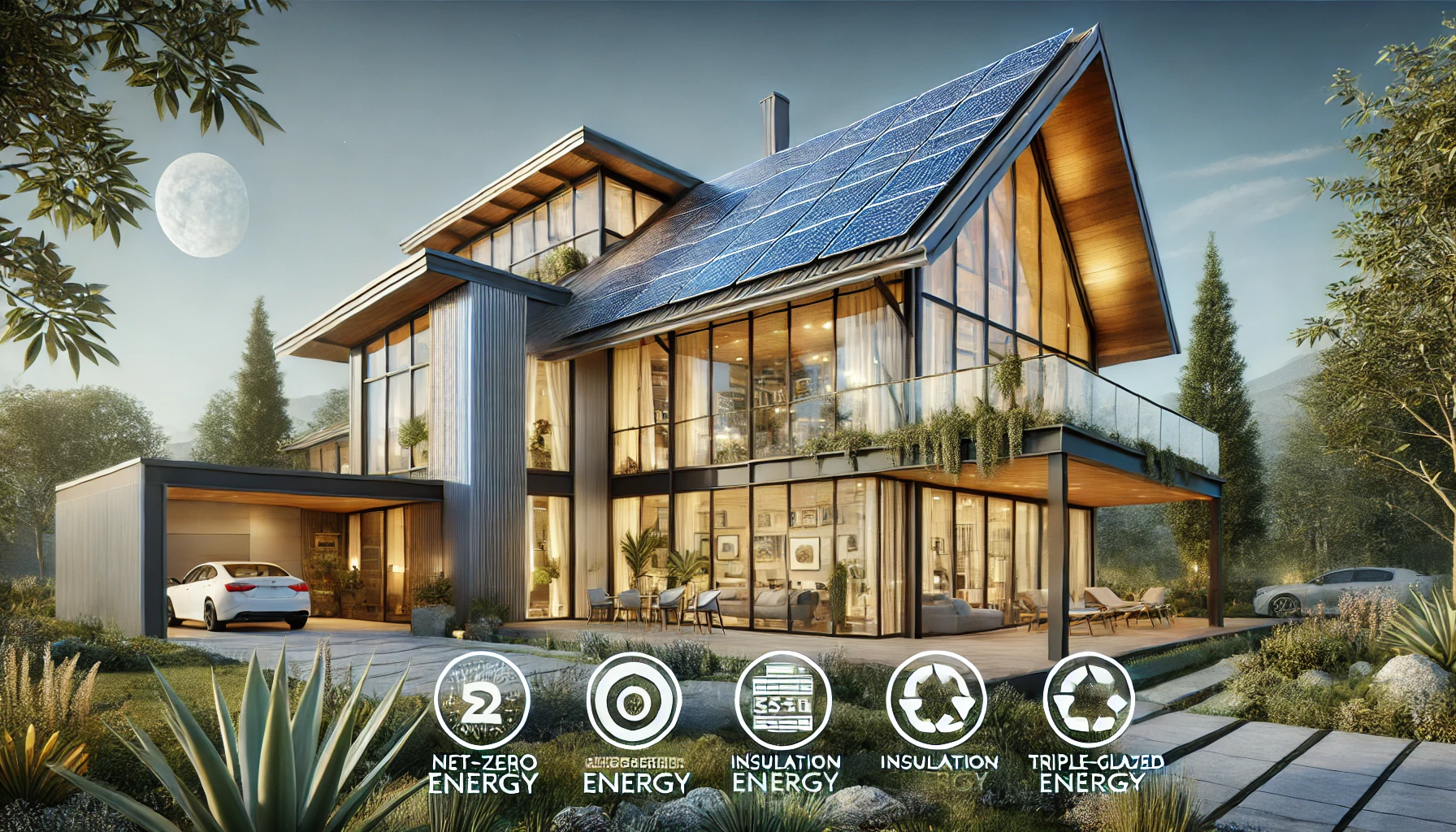
What Is a Net-Zero Energy Home?
A net-zero energy home produces as much energy as it consumes, often through renewable energy sources like solar power. These homes are incredibly efficient and reduce reliance on external energy sources.
Energy-Efficient Building Techniques
Building a net-zero home requires energy-efficient construction techniques, such as airtight insulation, advanced windows, and renewable energy systems.
Eco-Friendly Insulation Materials
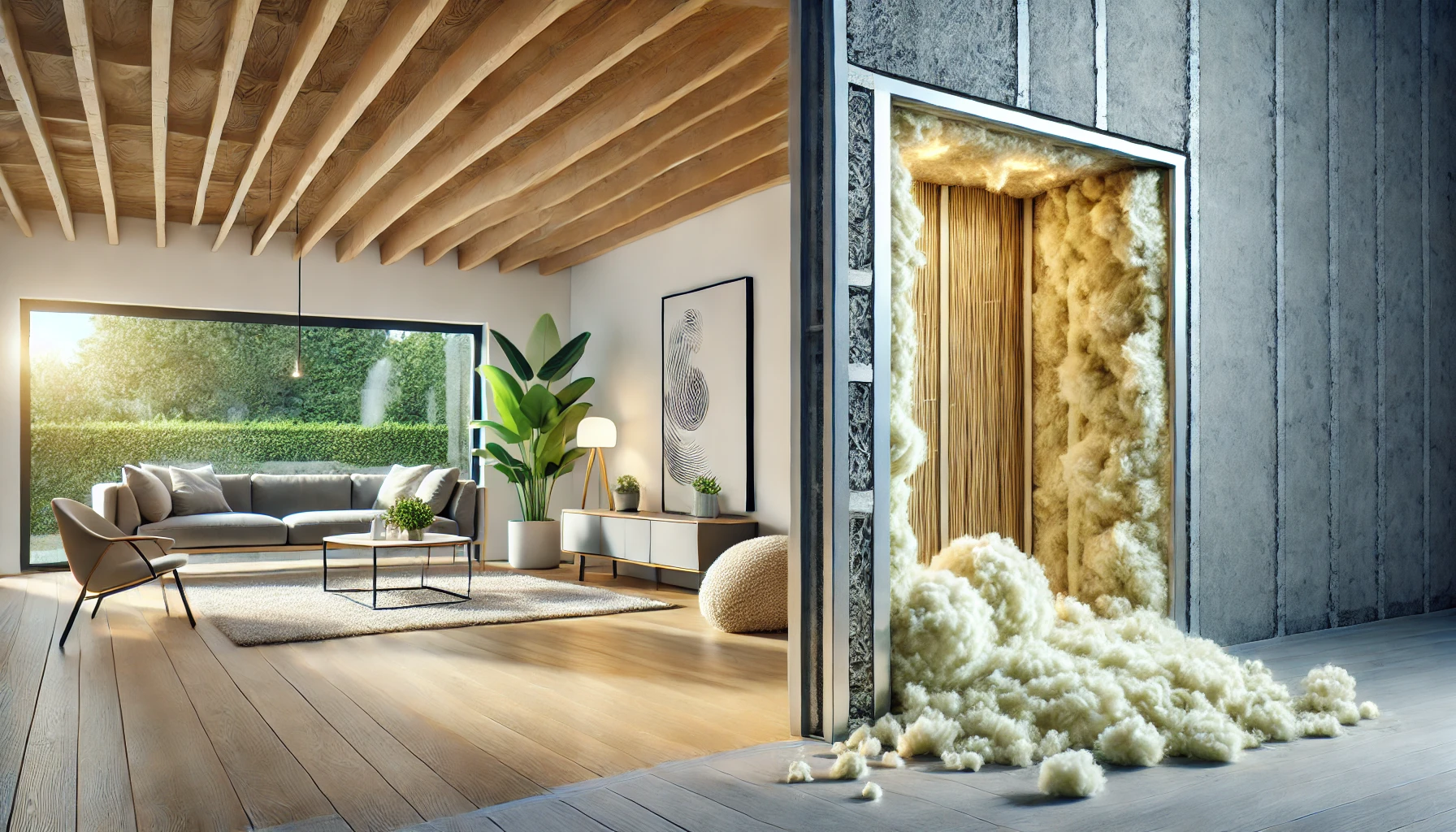
Choosing Sustainable Insulation
Eco-friendly insulation materials, such as cellulose or wool, offer effective thermal regulation while being sustainable and non-toxic.
The Benefits of Natural Fiber Insulation
Natural fiber insulation is made from renewable resources and is an excellent choice for those looking to improve their home’s energy efficiency without sacrificing sustainability.
Green Roofing Systems
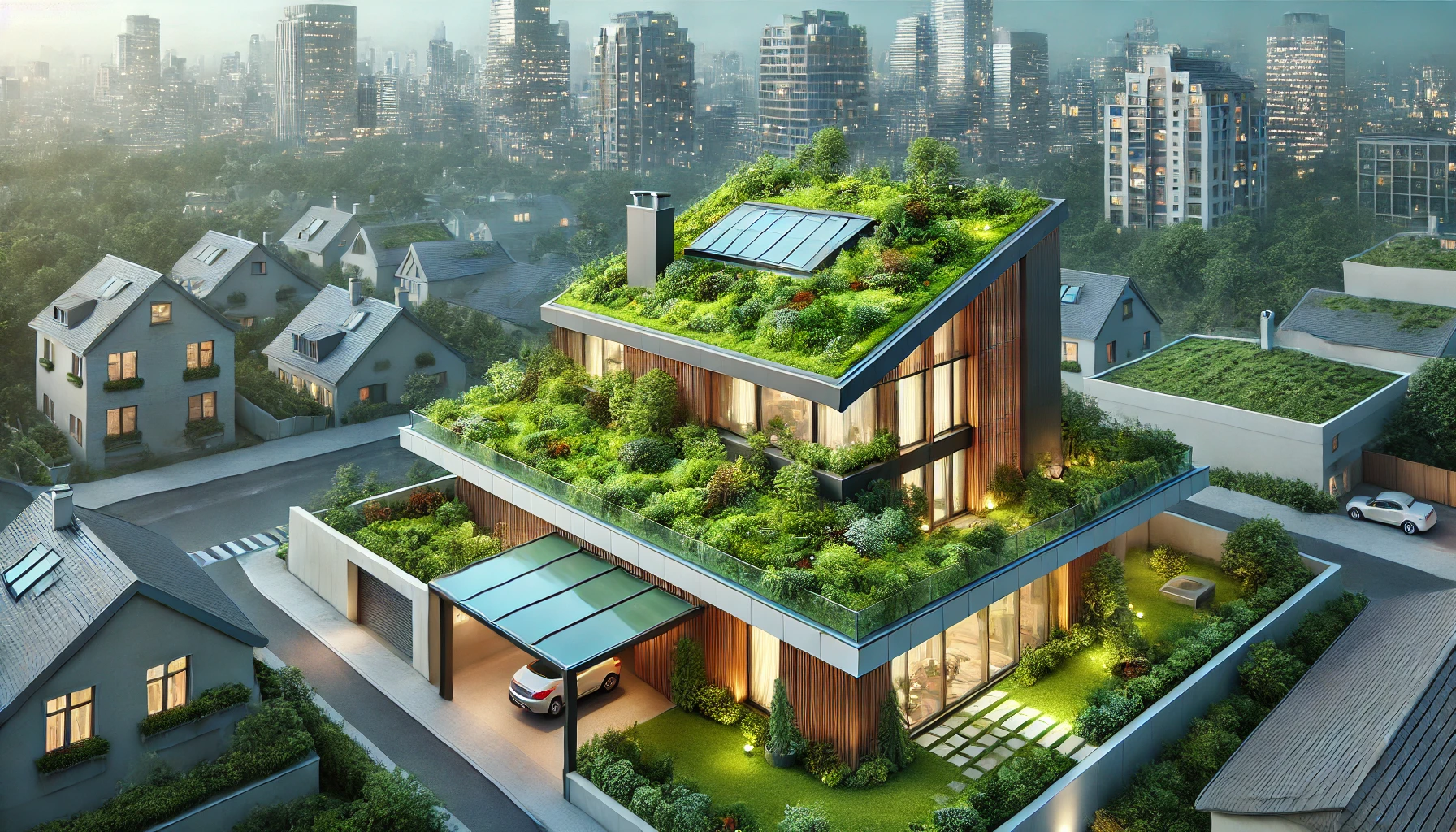
Installing a Green Roof for Energy Efficiency
Green roofs help insulate your home, reduce stormwater runoff, and provide additional green space. They are an effective way to improve energy efficiency while adding beauty to your home.
The Environmental Benefits of Green Roofing
Green roofing systems contribute to reducing the urban heat island effect and improve air quality by filtering pollutants and producing oxygen.
Start Your Eco-Friendly Home Design Journey Today
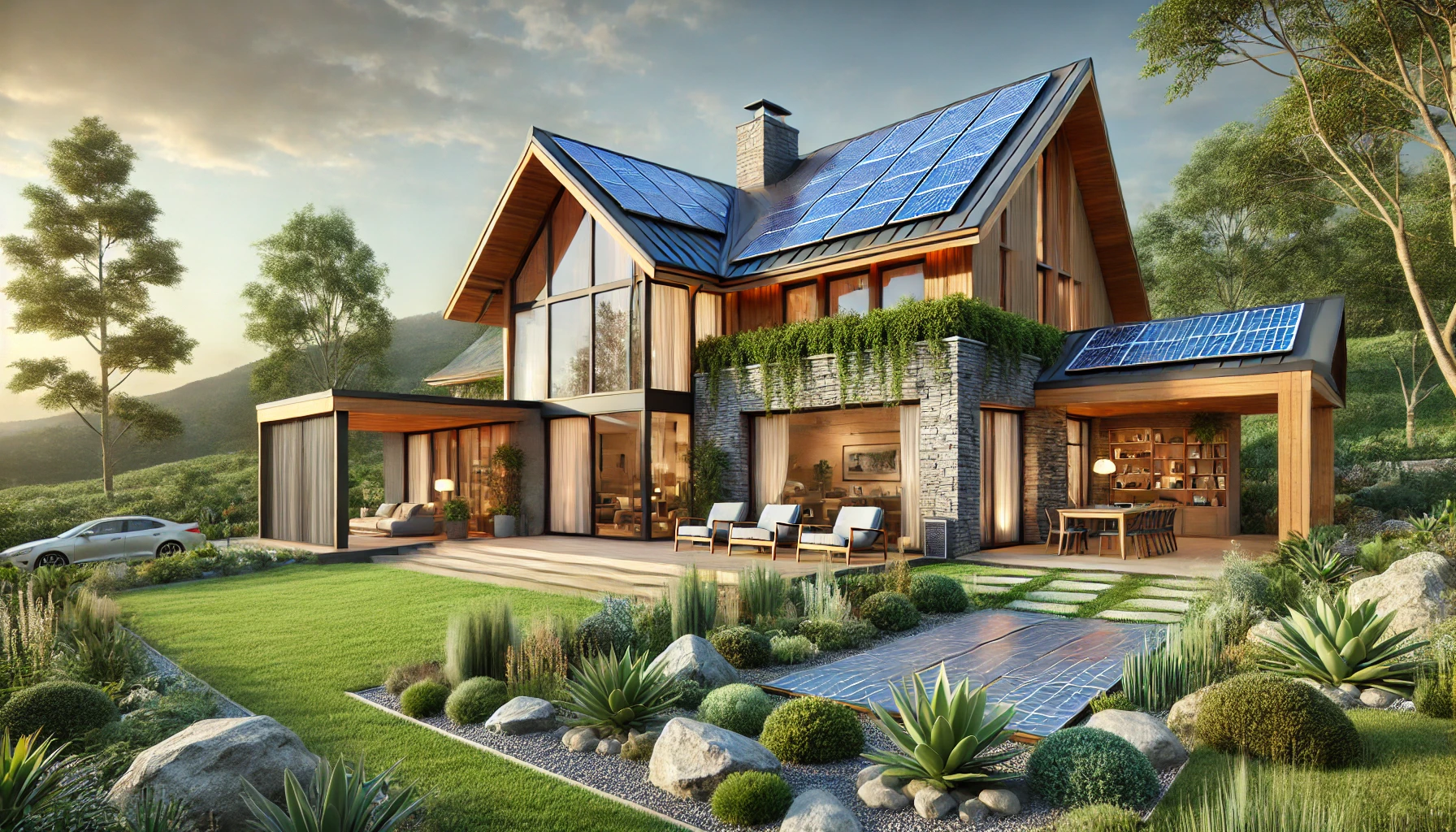
Eco-friendly home design is not just a trend; it’s a lifestyle choice that promotes sustainability, energy efficiency, and healthier living. Whether you’re remodeling your current home or building a new one, eco-friendly choices can reduce your environmental footprint while creating a beautiful, functional space. Start incorporating these eco-friendly design elements into your home today and contribute to a greener, more sustainable future.
Take Action for a Greener Future
Don’t wait to make your home more eco-friendly. The choices you make today can have a lasting impact on the environment and your family’s well-being. Our team of experts is ready to help you navigate the world of eco-friendly home design. Contact us to schedule a consultation and take the first step toward transforming your home into a sustainable, energy-efficient haven. Together, we can create a home that reflects your values and contributes to a greener tomorrow.
F.A.Q: Eco-friendly Home Design
What are the benefits of eco-friendly home design?
Eco-friendly home design reduces energy consumption, lowers utility bills, minimizes environmental impact, and improves indoor air quality, creating a healthier living environment.
How can I make my home more energy-efficient?
Making your home energy-efficient can involve installing insulation, upgrading to Energy Star-rated appliances, using LED lighting, and integrating smart thermostats to manage energy use efficiently.
What is sustainable home design?
Sustainable home design focuses on reducing the environmental impact of building materials, energy consumption, and water use, while promoting the use of renewable resources.
How can I incorporate solar power into my home?
You can incorporate solar power by installing solar panels on your roof, using solar water heaters, and integrating solar battery storage systems for off-grid energy usage.
What materials are best for eco-friendly homes?
Eco-friendly homes use materials like bamboo, reclaimed wood, recycled glass, cork, and natural stone. These materials are sustainable, renewable, and often locally sourced.
What is a passive house?
A passive house is an energy-efficient building that uses little energy for heating or cooling, relying on high-quality insulation, airtightness, and solar gain for temperature control.
How can I conserve water in my home?
Water conservation in the home can be achieved by installing low-flow faucets, dual-flush toilets, water-efficient appliances, and rainwater harvesting systems for irrigation.
How does a green roof benefit the environment?
A green roof reduces stormwater runoff, improves insulation, lowers urban heat island effects, and enhances biodiversity by providing a habitat for plants and wildlife.
What are the top eco-friendly insulation materials?
Top eco-friendly insulation materials include recycled denim, cellulose made from recycled paper, wool, and cork. These materials are renewable and have low environmental impacts.
What is the cost of building an eco-friendly home?
Building an eco-friendly home can vary in cost depending on the materials and technologies used, but it can range from 5% to 20% more than conventional homes, with long-term savings on utilities.
How does smart home technology support eco-friendly living?
Smart home technology helps manage energy consumption by automating lighting, heating, and cooling systems, allowing for energy savings and reducing waste.
What are energy-efficient windows?
Energy-efficient windows have multiple panes of glass with low-emissivity coatings and gas fills, reducing heat transfer and improving insulation, which lowers energy bills.
Can eco-friendly home design improve indoor air quality?
Yes, eco-friendly home designs often use non-toxic, low-VOC materials and proper ventilation systems, improving indoor air quality and promoting a healthier environment.
What is a net-zero energy home?
A net-zero energy home produces as much energy as it consumes through renewable sources like solar or wind power, resulting in a zero-net energy balance over the year.
How can I design a home that minimizes its carbon footprint?
To minimize a home’s carbon footprint, focus on energy-efficient construction, renewable materials, solar power, passive heating and cooling techniques, and water conservation.
 Home Designing Get expert home decor tips and design inspiration at HomeDesigning.blog. Transform your living spaces with trending styles and DIY ideas!
Home Designing Get expert home decor tips and design inspiration at HomeDesigning.blog. Transform your living spaces with trending styles and DIY ideas!
